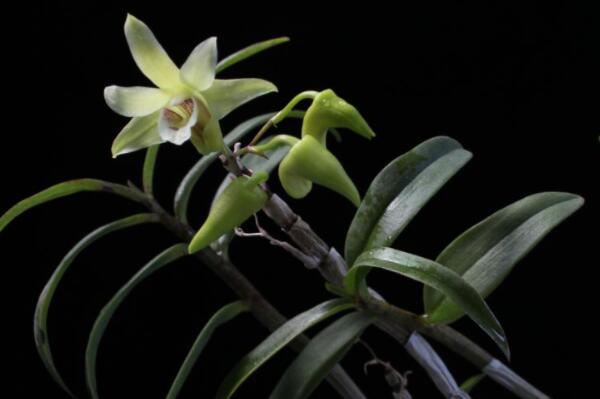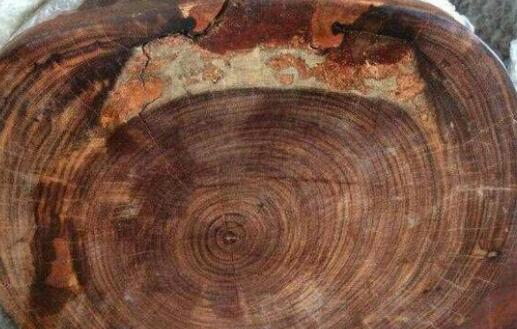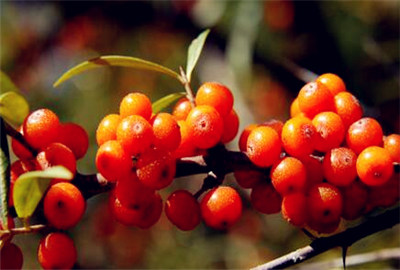What kind of fertilizer does Dendrobium candidum of Orchidaceae use? What if the leaves turn yellow? How much is the price of seeds and seedlings?
Dendrobium candidum, also known as Black Section Grass, Yunnan Iron, Iron Dou, florescence from March to June. Born on semi-shady rocks in mountains up to 1600 meters above sea level. So what kind of fertilizer should it use? What if the leaves turn yellow? How much is the price of seeds and seedlings? From the seedling base in Jiangxi, we know that the price of Dendrobium candidum seeds is about 50 yuan / jin, the most suitable temperature is 1532 degrees, and the sowing amount per mu is 6MUR and 7jin.

How much is the price of Dendrobium candidum seedlings?
The price of Dendrobium candidum seedlings is about 3-5 yuan per plant, but the price varies greatly due to the quality, origin and market of the seedlings. When selecting and purchasing seedlings of Dendrobium candidum, we should choose the seedlings produced by manufacturers with reliable provenance, pure varieties and excellent technical indicators, and we must not choose seedlings without specific names and unknown provenances, and do not blindly care about whether the seedlings are cheap, because the purity of varieties is the most important in the production process.
What fertilizer is good for Dendrobium candidum?
1. Some special fertilizer of Dendrobium can be applied after planting bottle seedlings for a week. Applied once every 6 months, this fertilizer is a solid controlled-release fertilizer, which can provide nutrients to seedlings steadily for a long time.
2. Foliar fertilizer is generally used in the later stage of fertilization management, twice a month. The amount of foliar fertilizer is very small, and one gram can generally be mixed with 3 jin of water. Spraying foliar fertilizer could promote the elongation and growth of stem and leaf, lengthen and thicken the stem node and diameter, and the average fresh weight per plant was significantly higher than that of the control.
3. Dendrobium candidum is generally fertilized two seasons a year, one season is from March to April, which can promote the rooting and sprouting of Dendrobium. In the second season, winter fertilizer is applied once in November. Fertilizer can be used fermented sheep dung or rapeseed cake (Dendrobium special fertilizer is also OK) foliar fertilizer sprayed 1-2 times a month, proportionally mixed, do not use too much fertilizer to prevent fertilizer damage.
4. Fertilization of Dendrobium candidum is prohibited to use chemical or biological fertilizers that have not been registered by the national or provincial agricultural departments, and to prohibit the use of unmature organic fertilizers. The use of municipal garbage, industrial garbage, hospital garbage and feces is strictly prohibited. Dendrobium candidum has very strict requirements on matrix and fertilizer, and the matrix must be disinfected before planting, and the strict requirement of fertilizer is one of the important conditions to ensure the yield, quality and income of Dendrobium candidum. The application of organic fertilizer ensures that Dendrobium candidum has no pesticide residue and no heavy metal residue, which lays a good foundation for putting safe Dendrobium into the market.
What if the leaves of Dendrobium candidum turn yellow?
1. Matrix discomfort
The first choice for matrix materials is bark, followed by sawdust, which need to be crushed, sterilized and fermented, usually mixed with several materials and substrates of different thickness.
2. The matrix is too wet
Potted Dendrobium candidum needs to be watered every other week or two weeks, after watering thoroughly, usually spray, need to control balcony ventilation and other factors. The stem and rhizome of Dendrobium candidum are not dead, so they can germinate again after spring, but watering should be controlled to prevent rotting roots.
3. Lack of water and drought
Watering is suitable for slightly acidic to neutral water, bogey water will have too much calcium, magnesium and other minerals. Sufficient water is required in spring, summer and early autumn, and gradually enter a dormant state after the Mid-Autumn Festival, and the amount of watering should be reduced until watering is completely stopped. But before the leaves turn yellow, they begin to reduce watering, further decrease with the yellowing and shedding of the leaves, and stop watering when the leaves fall out. In North China, it is necessary to maintain a high indoor air humidity after the water is cut off to avoid pseudo-bulb drying and shrinking. If the room is too dry, the basin can be watered every 1 to 2 weeks.
4. There are too many miscellaneous bacteria
Fermented bark or sawdust, coconut shell, bagasse, rotten fallen leaves or moss should be fully dried in the sun and treated with caprylic acid to kill residual pests and eggs in the soil.
5. The light is too strong
Sufficient light, spring, summer and autumn, shading amount is controlled between 30% and 50%, sufficient light can form a large number of flower buds.
6. The temperature is too high
Dendrobium does not like the high temperature in summer, it often stops growing in the hot summer and should be placed in a well-ventilated place. After the flower bud grows, the greenhouse temperature of 20 ℃ to 25 ℃ during the day and 15 ℃ at night should be kept, not too high or too low, otherwise it is easy to cause the bud to fall off.
7. Lack of potash fertilizer
Spray potash fertilizer.
Time: 2019-03-20 Click:
- Prev

How much is the price of valuable wood yellow rosewood? How can you tell the true from the false? How to raise the yellow rosewood bracelet?
Yellow rosewood, the scientific name is Jianxiang yellow sandalwood, also known as Hainan yellow sandalwood, Hainan yellow pear wood. Huanghua pear is the main material of hardwood furniture in Ming and Qing dynasties. It is favored by craftsmen in Ming and Qing dynasties because of its yellow color, fine material, soft texture and fragrance. How much is the yellow rosewood? How to tell the true from the false
- Next

2018 How much is a pound of sea buckthorn fruit? How many years to plant fruit? What's the yield per acre?
Hippophae rhamnoides fruit is the fruit of Hippophae rhamnoides L. belonging to Elaeagnus L., also known as vinegar willow fruit and acid thorn fruit. Hippophae rhamnoides is a small berry plant, deciduous shrub or small tree. So how much is a pound of seabuckthorn fruit? How many years does seabuckthorn plant hang fruit? What is the yield per mu?
Related
- Fuxing push coffee new agricultural production and marketing class: lack of small-scale processing plants
- Jujube rice field leisure farm deep ploughing Yilan for five years to create a space for organic food and play
- Nongyu Farm-A trial of organic papaya for brave women with advanced technology
- Four points for attention in the prevention and control of diseases and insect pests of edible fungi
- How to add nutrient solution to Edible Fungi
- Is there any good way to control edible fungus mites?
- Open Inoculation Technology of Edible Fungi
- Is there any clever way to use fertilizer for edible fungus in winter?
- What agents are used to kill the pathogens of edible fungi in the mushroom shed?
- Rapid drying of Edible Fungi

